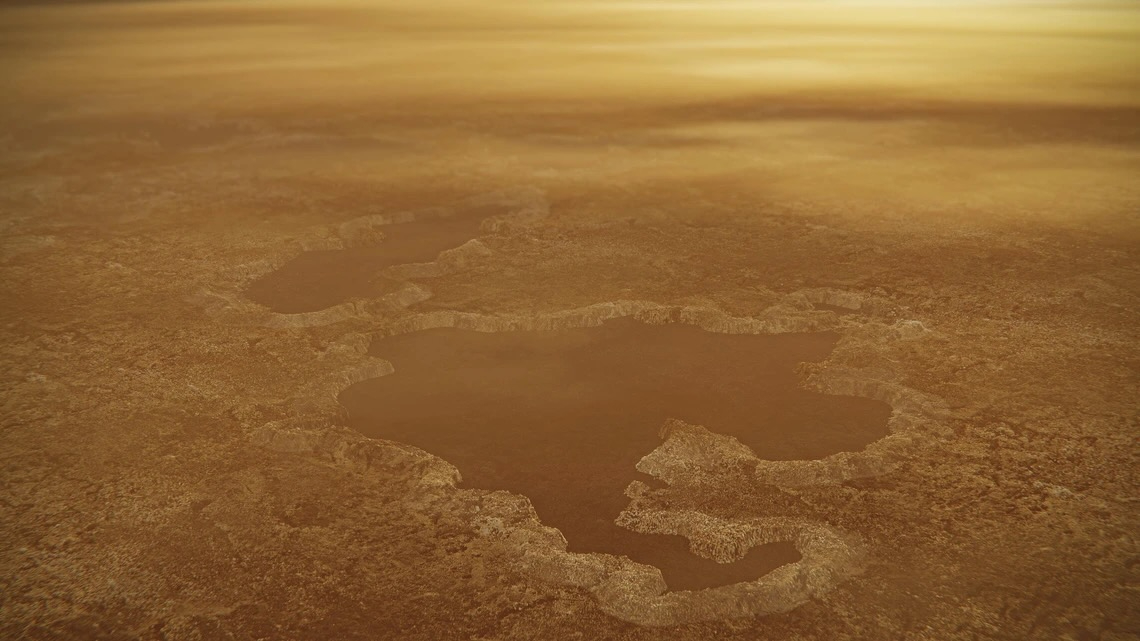Virgin Galactic Signs Deal to Launch Scientists Into Space

The space tourism company Virgin Galactic, which is building a fleet of reusable private spaceships, has inked a landmark deal to fly scientists into suborbital space for research.
Under the new agreement, Virgin Galactic has sold two tickets for seats aboard the company's SpaceShipTwo commercial spaceliners to the Southwest Research Institute (SwRI) in Colorado. Six more seats are on reserve for the institute.
The deal has a total value of about $1.6 million and is the first agreement by Virgin Galactic specifically aimed at flying scientists into suborbital space. Until now, the company has been taking deposits primarily from thrill seekers and eager space tourists hoping for a chance to fly on the SpaceShipTwo space planes.
"This agreement signals the enormous scientific potential of the Virgin spaceflight system," Virgin Galactic president and CEO George Whitesides said in a statement. "Science flights will be an important growth area for the company in the years to come, building on the strong commercial success already demonstrated by deposits received from over 400 individuals for Virgin's space experience."
Research goals
The agreement will allow scientists to use SpaceShipTwo as a flying laboratory for experiments in weightlessness, biology, astronomy and climate research, officials said. [Vote for the 21st Century's Greatest Space Innovators]
"We at SwRI are very excited about this agreement," said scientist Alan Stern, vice president of SwRI's space division. "Initially, two of our payload specialists will be flying on Virgin Galactic, conducting biomedical monitoring, atmospheric imaging, and microgravity planetary regolith experiments."
Get the Space.com Newsletter
Breaking space news, the latest updates on rocket launches, skywatching events and more!
Stern is one of the two SwRI scientists selected to ride on the first flight under the deal with Virgin Galactic. SwRI has already placed full deposits for those seats.
"We've already designed and built three experiments to fly on these flights," Stern told SPACE.com in an e-mail.
Passenger joyrides
Virgin Galactic was founded by British billionaire Sir Richard Branson to offer private trips to suborbital space at a cost of about $200,000 per seat. The company uses an air-launched spaceflight system that includes the sleek SpaceShipTwo vehicle and its massive carrier mothership WhiteKnightTwo.
The SpaceShipTwo spacecraft is designed to carry six passengers and two pilots into suborbital space – more than 62 miles (100 km) above Earth – and back. The first SpaceShipTwo vehicle, called the VSS Enterprise, is currently undergoing a series of glide tests, with rocket-powered test flights expected sometime this year.
The first passenger flights of SpaceShipTwo could occur by 2012, Virgin Galactic officials have said.
SpaceShipTwo is carried up to launch altitude by WhiteKnightTwo, a huge aircraft that is striking because of its twin hull design. SpaceShipTwo fits snugly between the aircraft's two booms during carry flights. The first WhiteKnightTwo is named "Eve" after Branson's mother.
The WhiteKnightTwo and SpaceShipTwo vehicles were designed by veteran aerospace pioneer Burt Rutan and the firm he founded, Scaled Composites of Mojave, Calif. Rutan and Scaled developed the new craft after the success of their SpaceShipOne space plane, which won $10 million in 2004 during the Ansari X Prize contest for reusable private spacecraft.
Other deals
Virgin Galactic officials said the SpaceShipTwo-WhiteKnightTwo spaceflight system has also drawn interest from NASA for commercial access to suborbital space for scientific research.
Virgin Galactic is not the only private spaceship builder SwRI scientists have reached out to for access to space.
The institute has also reportedly purchased six commercial spaceflights on the two-seat Lynx space planes being developed by the company XCOR Aerospace in California. That deal was announced last week, but a timeline for when the flights may take place is not yet final, XCOR officials said.
You can follow SPACE.com Managing Editor Tariq Malik on Twitter @tariqjmalik.
Join our Space Forums to keep talking space on the latest missions, night sky and more! And if you have a news tip, correction or comment, let us know at: community@space.com.

Tariq is the Editor-in-Chief of Space.com and joined the team in 2001, first as an intern and staff writer, and later as an editor. He covers human spaceflight, exploration and space science, as well as skywatching and entertainment. He became Space.com's Managing Editor in 2009 and Editor-in-Chief in 2019. Before joining Space.com, Tariq was a staff reporter for The Los Angeles Times covering education and city beats in La Habra, Fullerton and Huntington Beach. In October 2022, Tariq received the Harry Kolcum Award for excellence in space reporting from the National Space Club Florida Committee. He is also an Eagle Scout (yes, he has the Space Exploration merit badge) and went to Space Camp four times as a kid and a fifth time as an adult. He has journalism degrees from the University of Southern California and New York University. You can find Tariq at Space.com and as the co-host to the This Week In Space podcast with space historian Rod Pyle on the TWiT network. To see his latest project, you can follow Tariq on Twitter @tariqjmalik.









